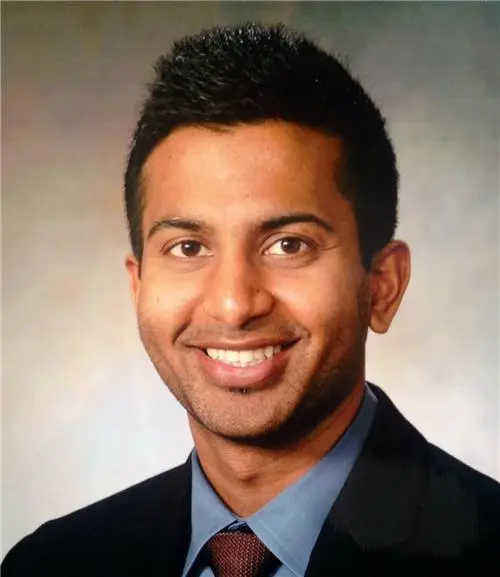170 - Pediatric Radiation Oncology with Movie Induced Sedation Effect (PROMISE): A Phase II Clinical Trial to Safely Reduce Anesthesia Use
Presenter(s)

K. A. Kumar1, T. D. Chiu2, J. Chapman3, M. Kozak1, T. Dan1, D. D. M. Parsons1, C. Setiawan4, E. Kiss4, R. D. Timmerman1, and S. B. Jiang5; 1Department of Radiation Oncology, University of Texas Southwestern Medical Center, Dallas, TX, 2University of Texas Southwestern Department of Radiation Oncology, Dallas, TX, 3UCSD, San Diego, CA, 4UT Southwestern, Dallas, TX, 5MAIA Laboratory, Department of Radiation Oncology, University of Texas Southwestern Medical Center, Dallas, TX
Purpose/Objective(s): Pediatric RT often requires daily anesthesia to ensure precise immobilization for safe and accurate treatment. Unfortunately, repeated anesthesia can be detrimental to patient health and quality of life, and provide significant logistical and financial burden. PROMISE (Pediatric Radiation Oncology with Movie Induced Sedation Effect) is an interactive incentive-based movie system that allows for real time monitoring of patient motion and automatic shutting off of the beam and video if the patient moves outside of defined parameters. We hypothesize that PROMISE will lead to a reduction in the percentage of patients ages 3-7 who require general anesthesia use from 70% (historical control) to 30%.
Materials/Methods: We opened a single-arm phase II prospective clinical trial at our institution offering enrollment to all children ages 3-11 who were planned to undergo RT where PROMISE would be attempted but anesthesia available as a backup. The number of patients and fractions requiring anesthesia were recorded, and compared to our institutional historical control for the target age range of 3-7 years old. Patient- and family-reported health quality of life (PedsQL 3.0 Cancer Module) and anxiety (mYPAS-SF) were obtained at baseline, weekly during RT, and 30 days after RT. For all fractions, total treatment time (door to door, including wait and on treatment visit times when applicable) and beam on time were recorded, and a motion tracking system surface guided monitoring data was collected and analyzed to determine patient motion and gating compliance (percentage of time patient moved less than gating threshold, typically 3-5 mm).
Results: From 2021-2024, 30 children were successfully enrolled, of whom 25 were in our target age range of 3-7 years old. Of these 25 children, 22 (88%) were able to successfully use PROMISE for all of their radiation treatments, while only 3 (12%) required anesthesia for one or more treatments. In this group, 308/323 (95%) fractions were treated with PROMISE, while only 15 (5%) fractions required anesthesia. Over the course of RT, patient/family report quality of life and anxiety improved. For fractions treated with PROMISE, the average total treatment time was 52 +/- 24 minutes, compared to 185 +/- 64 minutes for those treated with sedation. The average gating compliance was 96.9% +/- 1.34, and a mean motion magnitude during treatment of 1.34 +/- 0.86 mm.
Conclusion: PROMISE significantly reduces the need for general anesthesia in children ages 3-7, with only 12% requiring sedation compared to 70% previously. The unique feature of PROMISE is its integration with surface guided motion monitoring and ability to gate if the child moves. While it is encouraging that on average children moved very little, during 3% of the beam on time children moved beyond the predetermined safety threshold (~PTV margin) despite video distraction. Thus, having beam gating provides an extra level of reassurance regarding patient safety when treating young children with RT without anesthesia.
